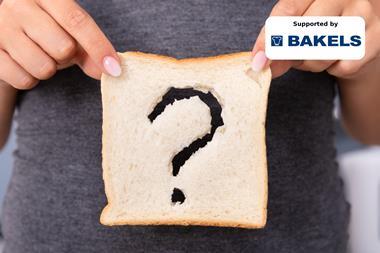Substituting eggs in baking is complex.
It requires solutions that contain multiple ingredients to match all the beneficial properties of egg – from structure and texture through to colour and taste.
No single ingredient will replicate the structural benefits of whipped egg whites, so it’s usually necessary to add more functional ingredients with egg substitutes. For binding purposes, ingredients such as ground flaxseed or potato starch may be used. Proteins from soya beans can provide structure.
Baked products made using commercial egg replacers will not have exactly the same taste and texture as products made with eggs. However, because eggs are natural, they vary in composition so an egg replacer is likely to have more consistent functionality.
Gary Tucker, head of baking and cereal processing, Campden BRI
Campden BRI provides technical support to the food, drinks and allied industries worldwide. Its activities are built on a programme of industrial relevant research and innovation steered by industry. See campdenbri.co.uk or telephone 01386 842000





























No comments yet